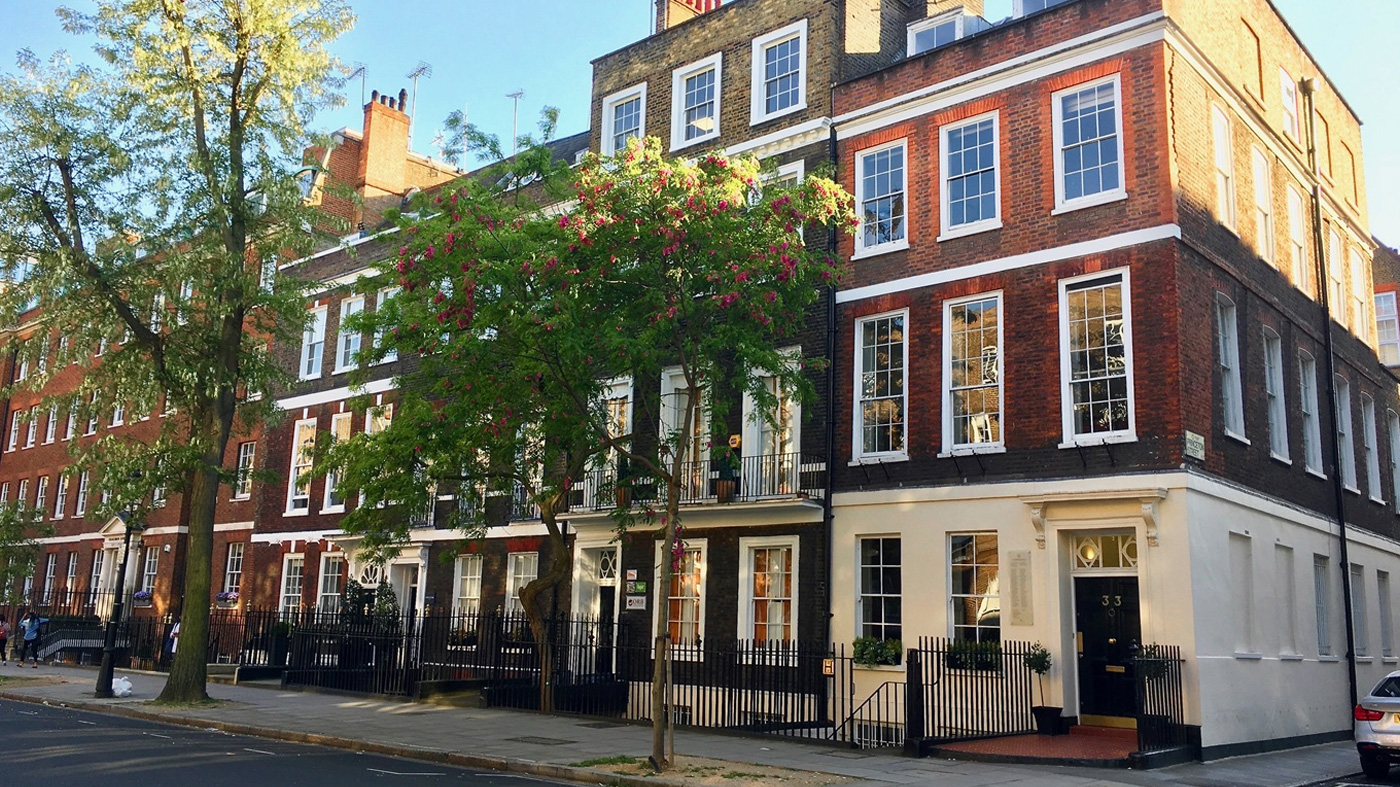On Page SEO – Body Elements
Using structured, semantic clean HTML is important to make sure that search engines are able to read a website?s content. This isn?t to say that the code of a website must be completely valid but removing any unnecessary code and using CSS for layout and styling will ensure that search engines can access your content quickly and easily.
Search engines read HTML source code from top to bottom so it?s generally a good idea to ensure that anything you want indexed is nearer the beginning of your content. Google does spider a lot of content so don?t worry too much on this point but I would always recommend that you ensure any navigation to pages you want indexed comes before the main bulk of the content (this can then be positioned with CSS).
The reason for this is to ensure that Google reads enough of your page that all links can be followed. It?s much more important that all of your pages get indexed than the complete content on a single page.
In most cases this won?t be an issue but is worth considering for pages with large amounts of content or big navigational structures (although usability would also be an issue in this scenario).
Heading Tags
After the title tag, the h1, h2, h3, h4, h5 and h6 tags are the most important element considered by search engines so it?s important to place relevant keywords within these parts of a webpage and the same principles apply as the
Use only one h1 tag on the page as this should summarise the overall content and then use the h2 to break it down into further sections, h3 into sub-sections and so on (although it?s usually rare to go as far as the h5 or h6, so just use what is relevant to your content).
Anchor Text
One of the main factors that Google takes into consideration when ranking web pages is the anchor text (the text that goes between the <a href=”#”></a> tag). This is true not only for links pointing to a website from external websites, but is also true for links within a website. Therefore it?s extremely important to use the keywords and key phrases chosen at the research stage within navigation to link from one page to another.
ALT and Titles
Both should be used where appropriate for accessibility anyway but can also help with search engine rankings. However, they shouldn?t be seen as an opportunity to stuff them full of keywords and should instead be used for their correct purpose.
Neither of these attributes will provide a huge benefit to search engine rankings but the Alt attribute can make a difference when wanting to rank within Google image search. However, both elements should be used for their correct purpose and where it?s necessary to do so.
URLs
It?s important that Google sees any webpage on a website via a single URL. For example Google will see the following URLs as completely separate pages:
- http://domain.com
- http://www.domain.com
- http://domain.com/index.html
- http://www.domain.com/index.html
Therefore one of these locations should be chosen (it doesn?t matter which as long as it?s consistent across the site) and the other three locations redirected using a 301 redirect to the chosen location.
If redirects aren?t put in place then all link juice and PageRank flowing to these pages will currently be split across multiple pages but three of the pages will be filtered out of the Google SERPs due to it being duplicate content.
For example, if each of the URLs has 2500 links pointing to them, then it may not rank very well as only one page will be indexed by Google. However, if a 301 redirect is put in place then these 2500 links from each URL will be transferred to one location resulting in 10?000 links.


